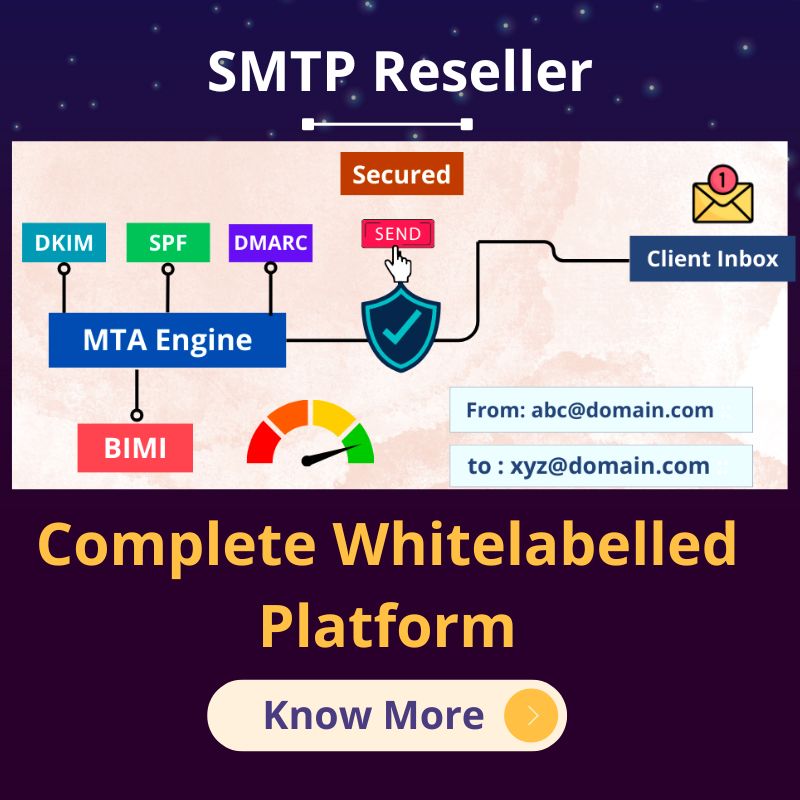According to a new report, 80% of executives strongly agree that customer experience is important to an organization’s success. Yet just 34% believe they equipped to deliver superior customer experiences. Those that don’t learn how to build and provide those experiences (Marketing Functions), however, will only be left behind. In fact, 75% of today’s S&P 500 companies will be replaced by 2027.
To help enterprises navigate this shift, We combined original research and firsthand accounts from top marketing executives to uncover why customer experience is the new marketing? And how leading organizations like IBM, Microsoft, and Nasdaq are rewiring their strategies to be more customer-centric. Making the transition from brand-first to customer-first isn’t easy – but it is necessary if enterprises want to survive in an ever-changing marketplace. Here are three steps CMOs must take to successfully lead their organizations through this change.
Understand the Shift Power
With the rapid evolution of social media, customers are more connected and in control than ever before. People have the power to gather information and share their experiences across multiple touchpoints at any time. And they’ll do this with or without you.
“What customers are saying on social is what they’re saying to the world,” said Doug Palmer, principal at Deloitte Consulting LLP. “It’s a conversation that’s taking place about you – whether it be your brand or your product – and you’re not leading the conversation.”
We’re in a new world of business, and customers are at the wheel. Understanding and acknowledging this shift in power is the first step to building a customer-centric organization.
Adopt a Customer-Centric Mindset
To keep up with this shift, marketing leaders need to scrap their traditional hierarchies, funnels, and models. They need to start looking at the world from the perspective of a customer – not a brand. Best practices a company must adopt for customer-centricity are:
- Being passionate and believing that customers come first
- Using customer data to gather valuable insights
- Focusing on customer wants and aligning products to these requirements
- Aiming at building relationships which maximize customer’s service experience
- Planning and implementing a well-well-thought-out customer strategy which focuses on retaining loyal customers
Increasing brand advocacy - Increasing brand advocacy
Putting the customer’s needs first in a digital world
Apart from taking innovative technologies in consideration, a customer-centric approach lies at the heart of a successful business. Creating digital content and campaigns which put the customer first has become imperative. Instead of promoting a brand, the content should focus on enhancing the customer’s life. The good news is that technology empowers marketers to respond to customers effectively. So to stay in the game marketers must bring in data and analytics to ascertain customer pain points.
Using analytics, an insurance company discovered that its customers distressed over the long claim process. To make their lives easy, the company introduced a mobile app which allowed customers to file claims within minutes. Hence, we see how digital innovation acts as a catalyst to enhance customer experience. One of the best ways to tackle customer experience is to follow it from the customer’s point of view. So this unlocks new business opportunities and facilitates the creation of effective business models.
Why should everyone be involved in marketing?
It will be difficult to disseminate the brand message if everybody in the organization is not in sync with the brand story. It is a good idea to encourage employees to create a social media presence where they share positive sentiments about the brand.
Far too often businesses leave the job of marketing to the marketing department. However, by corralling marketing functions into one department, businesses unintentionally diffuse the impact which other departments have on the customer journey. But the question is-are all departments prepared to carry out marketing functions? One smart step is to impart marketing training for all involved in the business. This can include the finance team, the admin team, and the delivery people. The human resource department, which is also the face of the organization, can organize company-wide training which instills a culture of marketing in every function. Additionally, the CRM features may not be obvious to all the employees. It’s necessary that the staff trained in CRM systems. Although technology is an enabler, it is the employees who can bring about a transformation.
Moreover, inclusive marketing is the need of the hour. It involves marketing to specific demographics without relying on stereotypes. It also refers to processes and approach which work best for the larger audience and yield tangible results. These processes should be deployed by teams which are not broken down into silos. Instead, different teams should step into each other’s shoes and steer the business together towards success.
See the Video to know more about online marketing:-









